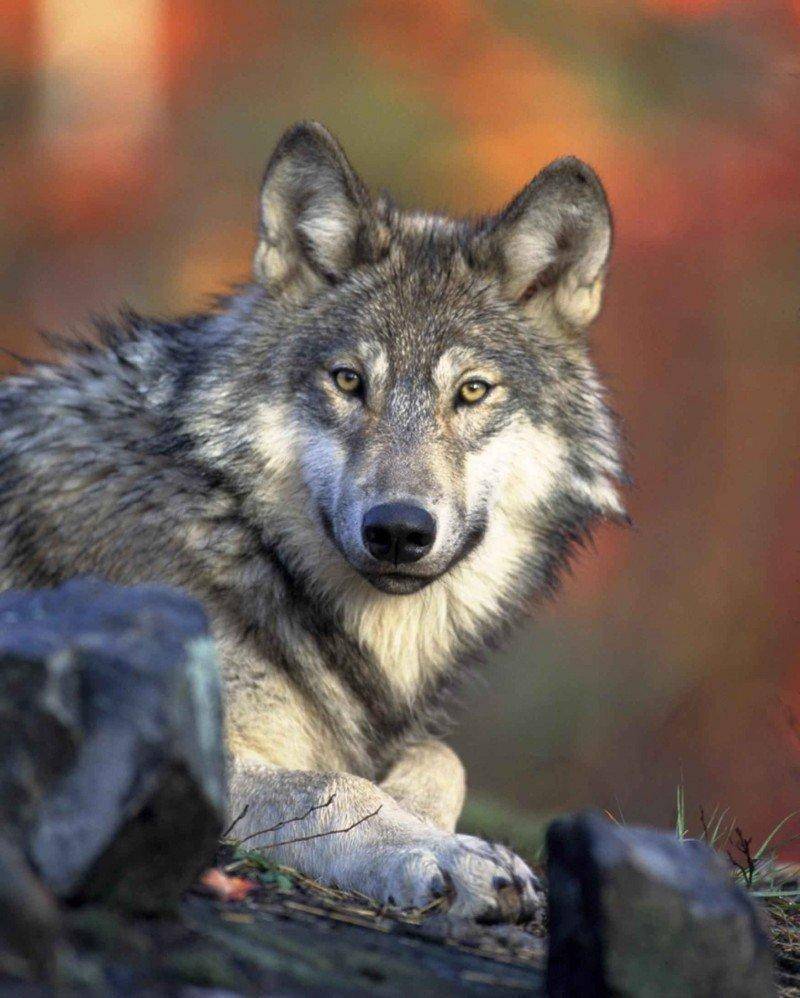After a lone northern gray female wolf was shot and killed on Dec. 28 five miles outside of Beaver near the south end of the Tushar Mountains, the controversial wolf debate has again reared its head.
The female, which was estimated to weigh 70 pounds and was aged at 3-years-old, was wearing a radio collar after being collared in Cody, Wyo. in January 2014. It is believed to be the same wolf that was sighted in November near the North Rim of the Grand Canyon in the North Kaibab National Forest. It was the first reported sighting of a wolf in that region in more than 70 years. According to other media reports, DNA evidence from scat collected from the wolf in Arizona confirmed the animal is from a pack in the Northern Rocky Mountains.
“Lone wolves are extremely mobile,” said Tony Wright, a wildlife conservation biologist in southeastern Utah. “They can cover a couple hundred miles in three days, even in the winter.”
So, what about wolves in Carbon and Emery counties?
Since 2006, when a statewide database of wolf sightings was created by the Division of Wildlife Resources, Wright has received 11 reports. Wright covers a large area that ranges from the Navajo Reservation on the Utah/Arizona border to Spanish Fork and then as far east as Capitol Reef National Park.
“It is not surprising that one (wolf) would show up in southeastern Utah,” Wright said.
Of the 11 sightings reported in the area, six have come from the Scofield and Spanish Fork Canyon areas.
Wright explained the process of how he handles wolf sightings and stated that he has yet to confirm that a wolf has actually been in the area. When a wolf sighting is reported, Wright said it usually comes in as a firsthand account. An interview is then conducted with the witness, and the information is added to the wolf database.
“If I get a report of a kill or multiple sightings, I will invest the time to check it out,” he said.
Once sightings are added to the database, Utah DWR Mammals Conservation Coordinator Kim Hersey and others can then study the data for trends on a larger scale.
If you do see what looks like a wolf, Hersey recommends that you call your nearest regional office and report the sighting.
“If we feel we will be able to find something, we will investigate it,” she said. Hersey also stated that there has never been an actual confirmed sighting in Carbon or Emery County.
According to Wright, a wolf sighting in the La Sal Mountains by a bow hunter in 2009 was the most credible sighting received to date.
“From his description, it sounded like a wolf,” he said.
Wright said the hunter watched the animal for some 10 minutes from a tree stand before the animal winded him and bolted. Though Wright was unable to confirm the sighting in person, the animal’s behavior and mannerisms, as described by the hunter, were similar to those exhibited by wolves.
Other sightings have been received in areas such as Tucker rest stop, Indian Canyon and a cluster of sightings south of Soldier Summit near Tabyune Creek. There has been one reported sighting in Emery County near East Mountain in June 2012.
It is illegal to shoot a wolf in Utah with the species protected under the Endangered Species Act of 1973. There is a small area north of I-80 and east of I-84 to the Wyoming and Idaho borders in which ranchers may legally shoot wolves.
According to the Utah Wolf Management Plan created by Utah DWR in partnership with the Utah Wolf Working Group, wolves were historically found in Utah.
“In 1888, the Utah Territorial Legislature began the extermination of wolves from the state by offering a $1 bounty,” the plan indicated. “The government sponsored extermination of wolves continued in Utah until 1930 when the last verified wolf was killed in San Juan County. Previous to this, the U.S. Bureau of Biological Survey reported killing 162 wolves in Utah between 1917 and 1930, with a high of 48 taken in 1918.”
Government personnel verified wolf predation in Cache County in July-August 2002 and in November of the same year, a wolf was captured in Northern Utah and was subsequently returned to Yellowstone National Park to assist in the reintroduction of the species to the park. In Utah, it was the first time in 74 years that wolf occurrences were verified.
Though wolf packs may never again establish themselves in southeastern Utah, sightings should continue. As the lone female gray wolf killed on Dec. 28 revealed, Utah has prime mountain habitat familiar to established packs in Montana, Idaho and Wyoming. Such habitat is similarly found in Carbon and Emery counties.

